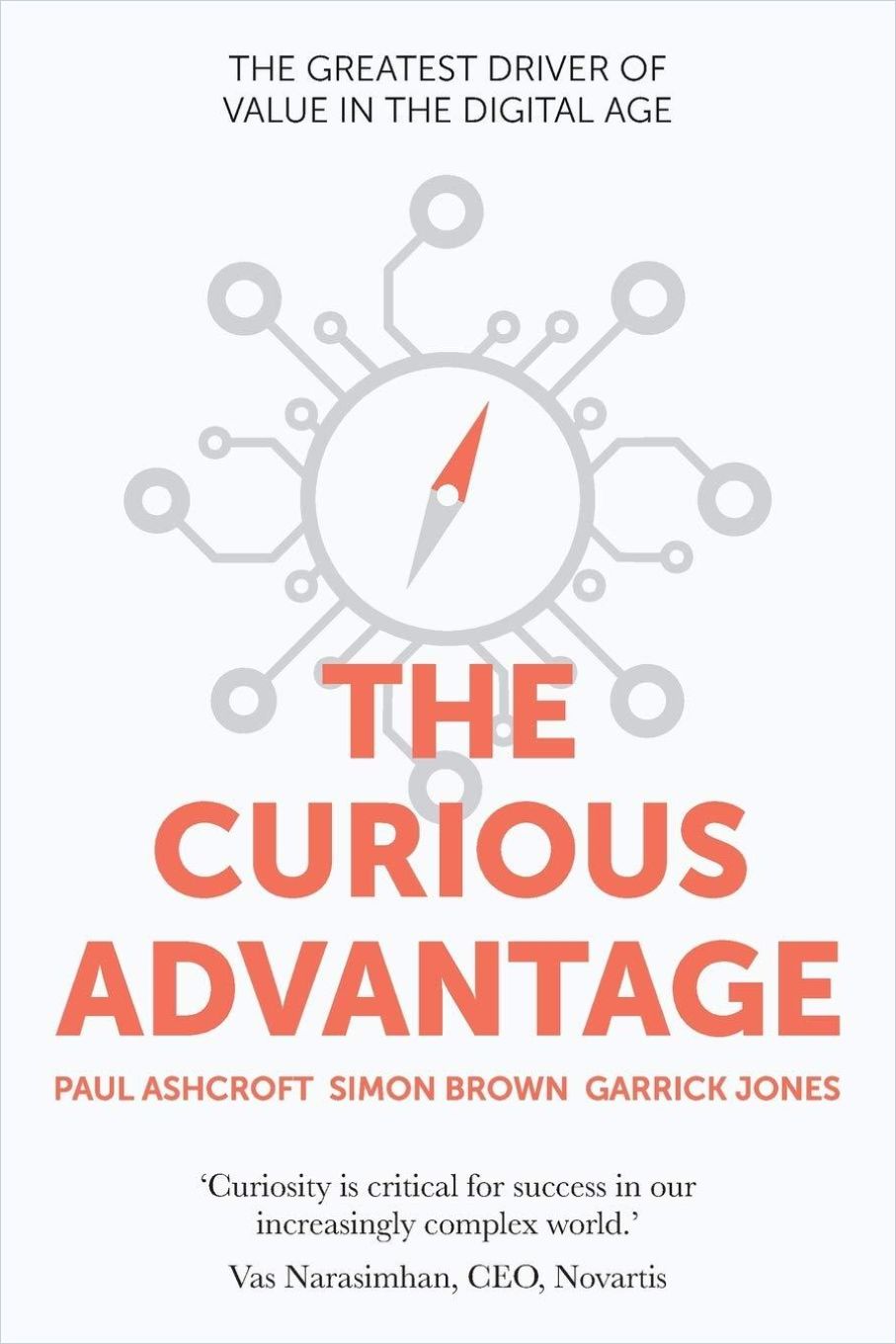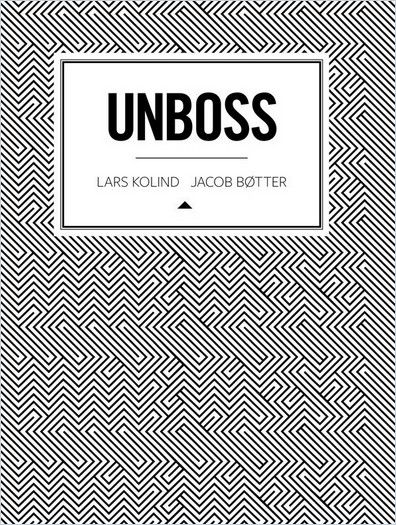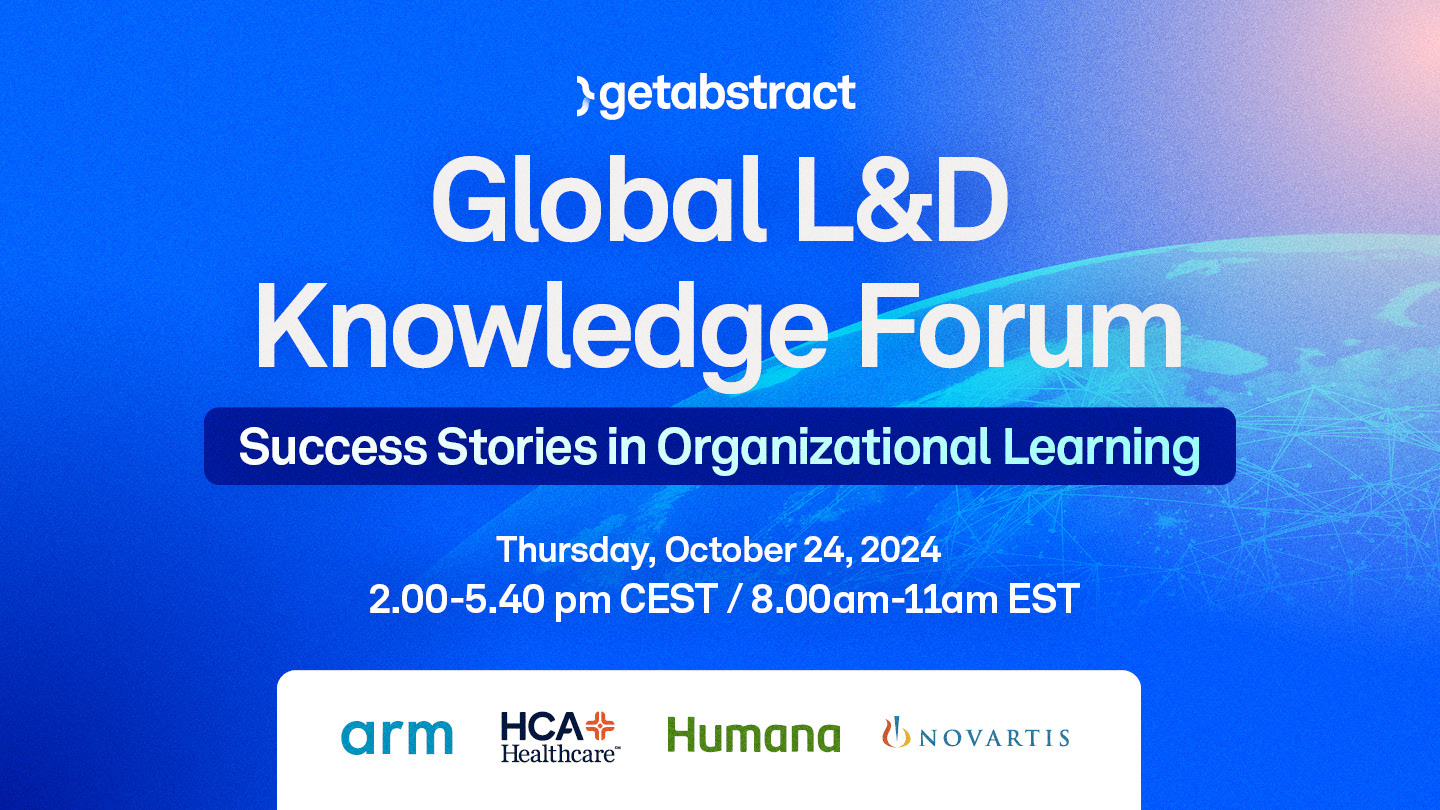“It Helps People Communicate, It Helps Reduce Conflict, and It Helps to Drive Innovation.”

Simon, you’re contributing the keynote to getAbstract’s Global L&D Knowledge Forum on May 18: What will it be about?
I’ll share an overview of why curiosity has become so crucial for businesses and individuals to navigate through today’s accelerating world. Curiosity brings many benefits to organizations. It helps people communicate, it helps reduce conflict, and it helps to drive innovation. When there is no clear answer, curiosity allows us to explore and experiment and find new and better ways of doing things. Of course, I’ll share some of the research that backs this up.
Let’s look at three of the seven “C’s” in your book The Curious Advantage individually: Context, Community and Curation. First, Context. A central but also tricky word. What does it mean, and why is it so important?
Context is about understanding the world around you and, within that, what you are curious about. Our context today is increasingly complex, and if we don’t understand it, we can head off in the wrong direction and make unnecessary mistakes. This is where we need to understand curiosity better, what it is and what it is not. It is not aimlessly wandering the internet; it needs to be focused. Curation helps us determine how and where to focus it. As an organization, it may be focused on aligning with the business strategy. As an individual, it may be to your interests or your career goals.

And Community? The sense of Community within organizations changed with the pandemic. We tend to work together in a task-bound manner in the hybrid workplace. What are your three tried-and-tested ways of promoting Community – and thus curiosity?
First, recognize the need for Community. Curiosity is not a solo act, and you will be most curious by working with others. Second, acknowledge in the Community there are many roles: The experts, the gatekeepers, the guides – they will help you in your curiosity. Third, ensure diversity in your Community to avoid it becoming an echo chamber of the same ideas.
So, what divides employees, disrupts Community? And how is that avoidable?
There needs to be a culture that provides psychological safety, where people can reach out to their Community with questions, seeking help, without negative repercussions. Do people seek to support, help, and share, or still cling on to the view that knowledge is power.
In a knowledge organization, Community is key.
Simon Brown
The trend is moving away from forced hard-skills training to the cultivation of soft skills applied in any context. How can this be conveyed in everyday corporate life? Here we are talking about task lists, proof of performance, evaluable data, evidence of success. On the one hand, one wants to be able to measure and evaluate everything, but on the other hand, one tells people: Wait a minute, not necessarily. Can you enlighten us here?
Hard skills will continue to be necessary, but the challenge is their valuable life is getting shorter and shorter. Whereas soft skills, or better described as “power skills,” have greater endurance and provide more long-term value. Regards measurement, skills measurement is complex but not impossible. It is about choosing metrics that are meaningful and realistic to be able to capture and update. I’ll share some examples in the getAbstract Global L&D Knowledge Forum.
Finally, to make actionable what has been explored and learned, one has to define tangible actions in the workplace: Tasks, ideas, paths to solutions. In short: Construction – another “C.” You suggest simulations and prototypes to get to the concrete – but that sounds very theoretical. Can you give an example?
Just think of IT projects in so many companies today. Historically most IT projects were multiyear major commitments. More and more people are moving to a more curious approach – let’s pilot, let’s see what happens, let’s see what we can learn before we go to a full rollout. This way provides a greater opportunity to learn and adjust as we go, rather than put in years of effort to find our assumptions weren’t quite right or are no longer valid.
More generally, you advise companies to give people access to content that is both broad and deep. getAbstract, after all, does just that. Though to this day, many customers ask for more classic summaries along the lines of “How do I make my meetings more efficient?” or “How do I answer my emails faster?” These are very concrete everyday problems – many rarely deal with the context, the big picture.
I believe that being curious, even in areas directly outside our primary role, still brings considerable value. When exploring an unrelated field, we suddenly see things that can be applied back into our context. There is more on this in David Epstein’s book Range. At Novartis, we aim to provide associates with the best opportunities to learn and develop, provide access to world-class content and encourage people to spend 5% of their time, 100 hours a year, in learning and being curious. We are on a curious journey, working on a culture of Inspired, Curious and Unbossed.
About the Author
Simon Brown is chief learning officer at Novartis and author of The Curious Advantage.









